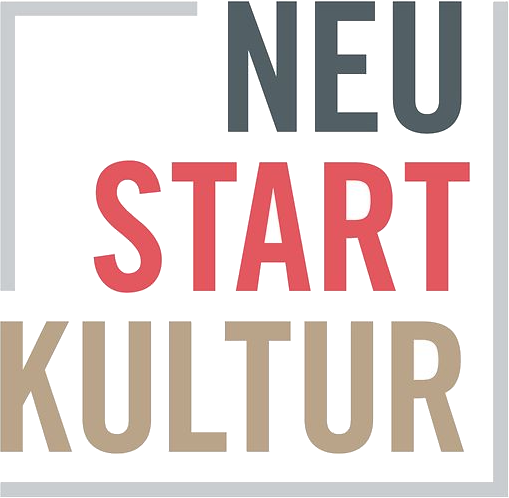Group Show „Summer Exhibition 2020“ with Julio Rondo
15.07.2020 - 01.09.2020
PIFO Gallery, Beijing, China

PIFO Gallery is pleased to present a collective exhibition Summer Exhibition 2020 featuring a selection of artworks created by thirteen artists presented by PIFO Gallery. It provides an opportunity for visitors to go through the development and evolution of Chinese and European Contemporary art.
Based on the conceptual art from the 1970s, Franz Ackermann brings together the multiplicity and complexity of the world and the psychedelic abstract paintings in a form that is known as ‘spiritual map’. His artistic work sheds light on a series of issues characterized by modernity and related to social reality such as globalization and international tourism, which is referred to as ‘the Cubism of our time’. Julio Rondo constructs each of his work by utilizing acrylic and spray on the reverse side of the glass. The nuanced details of each point, line, plane and stroke together with the lucidly translucent field seem to allow the viewers to reclaim their memories of a person, an object or an emotion.
Huang Jia has attempted to demonstrate, that varying psychologies and the collective unconsciousness can be transmitted through the simplest visual symbols. Homochromous, geometric, minimalist and calm, her work nevertheless conveys a warmth, a softness and overall a touching sense of humanity. In the recent series including “Filling Tea”, “Filling Water”, and “Filling Ink”, Zhang Yu elevates the ink and wash media to a dialectical praxis of cultural thought and social behavior. By exiting from the boundaries of the traditionally defined ink and wash painting, the artist expands and extends his art in a rather open manner fitting such a new era, opening up boundless possibilities for an artistic language of ink and wash painting.
In the vanguard of Tachisme (a non-geometric abstract style developed in post-war Europe), Gillian Ayers was influenced by the American abstract expressionism and created in a lyrical, gestural style of action painting. In contrast to Gillian Ayers’ utilization of nature as paint and her life-long, unwavering devotion and passion, Tan Ping’s paintings appear to be more restrained and self-reserved. With each line spreading out of the ‘cells’, each stroke seems to sculpt the traces of time in a way which remains simplistic and creates tension simultaneously. Interweaving inextricably with each shade that is dark or delicate, Wang Chuan’s ink and wash paintings resemble the way emotion and affection are uncompromisingly represented through calligraphy, all of which manifest a deep contemplation of the essence of art and philosophy of life.
Using the expressionist language characterized by highly intense and textured color, Yin Zhaoyang brings together the landscape, inward emotions, and the bodily experiences in painting that are closely entangled and intertwined, turning the natural settings into an inward landscape in the depths of the heart. Situated in a similar theme of landscape, Kang Haitao’s paintings offer the viewers revealing insights into the ‘city corners’, to which people have turned a blind eye. All of the concisely refined structure, the tranquil and quiet calmness of light and shadows, the keenly sensitive strokes and traces together with the nuanced visual aesthetics have ultimately transformed into a thought-provoking gaze at the social reality that we have failed to care for.
Relying on the empirical history of painting, Ni Jun translates the prominence of the pen plein air approach from the 19th century into everyday objects and spiritual world, attempting to internalize the quintessence of the paintings of the Song dynasty. His recent works are characterized by a sense of discordance and resentfulness and a peculiarly repressive and obsessive atmosphere. Zhou Wenzhong constructs a surrealistic site by conjuring up a recognizable image, transforming the picture into a field of theatre where a sensibility of compassion is unfolded within absurdity. Zhang Lei’s “Funeral” series, in such a neutral black- and-white tone, acutely reveals the nature of hardship and fatality of life. Essential actions in everyday life and their sheer beauty remain the source of Wang Jian’s inspiration. By repeatedly capturing the daily routines, a sense of ritual of life has been awakened. Through the simple-looking images, the viewers can easily see tranquility and solemnity within the ordinariness.
Artists: Franz Ackermann (b.1963),
Gillian Ayres (1930-2018),
Huang Jia (b.1964),
Kang Haitao (b.1976),
Ni Jun (b.1963),
Julio Rondo (b.1952),
Tan Ping (b.1960),
Wang Chuan (b.1953),
Wang Jian (b.1972),
Yin Zhaoyang (b.1970),
Zhang Lei (b.1988),
Zhang Yu (b.1959),
Zhou Wenzhong (b.1974).


